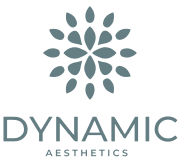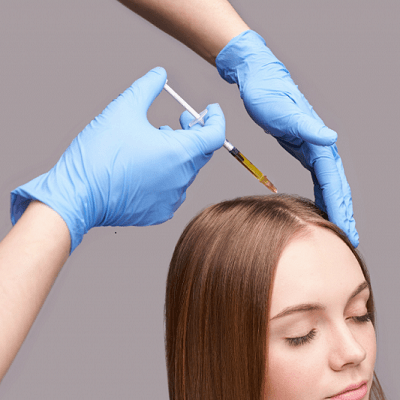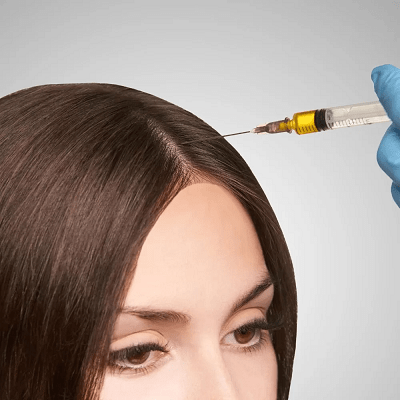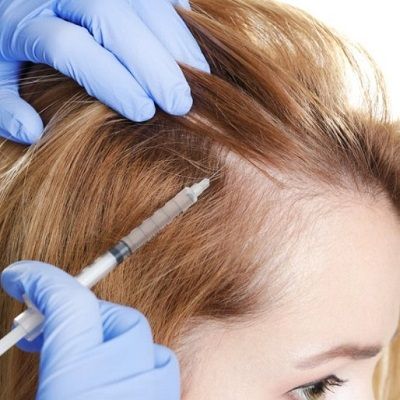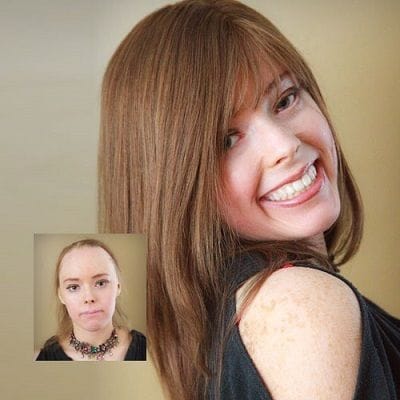
Introduction:
Our hair can reveal a lot about who we are. Hair loss is, unfortunately, a growing problem for many people. According to the American Hair Loss Association, by age 50, 85 percent of men and 40% of women have experienced severe hair loss. Younger people are also impacted. While older males are more likely to develop male pattern baldness, nearly 25% of younger men recall witnessing signs of hair loss before age 21.
The average person loses 100 hair strands daily, which is normal and imperceptible because new hairs grow to replace the ones that have fallen out. True hair loss occurs when the hair growth cycle is disturbed, or a hair follicle is destroyed or reduced. There are several reasons why someone’s hair may begin to thin. Stress, hormonal changes, or a bad diet can cause temporary hair loss. Other types of hair loss are permanent and can be caused by environmental causes, medical disorders, or genetics. There is no one-size-fits-all solution for hair loss and thinning because there are many causes. However, as hair loss rises, more research is conducted, which leads to additional treatments, and hair restoration does not always require surgery.
Techniques For Hair Restoration:
Here are five natural techniques to boost hair growth without hair restoration surgery in Dubai.
PRP (Platelet Rich Plasma):
Platelet-Rich Plasma, or PRP, is the most effective and proactive non-surgical hair regrowth method. PRP is created from a patient’s platelets and can stimulate hair follicles to encourage hair growth when injected into the scalp. When injected into the scalp, PRP functions as a fertilizer for the hair, causing it to grow stronger and thicker.
Because PRP includes the patient’s blood, it is more intrusive than other non-surgical hair loss treatments. The doctor pulls a little blood sample from the patient’s arm and separates the red blood cells from the plasma using a centrifuge, a machine that spins the blood at high speed. Only the enhanced growth factors remain in the plasma due to this procedure. PRP is then injected into the thinning areas of the scalp with caution. The procedure takes roughly half an hour to perform in total, depending on the size of the treated areas. PRP can only be utilized on the patient it was taken, implying that blood extraction is required for each session.
Light Therapy At Low Intensity:
Low-Level Light Therapy (LLLT) has been around for about a decade but lacks the buzz that PRP has generated. Treatments like iGrow and iRestore, also known as low-level laser therapy, are offered to customers in the form of helmets. LLLT is a good option for those who want at-home treatments or more scheduling flexibility.
The helmet’s LED lights produce ATP, a type of cellular energy. The outer layer of skin absorbs ATP, which encourages hair follicle growth, the same as how plants use light to grow. In the same way, as PRP requires users to wear the helmet every other day for four to six months, then every two weeks after that for maintenance, LLLT requires users to wear the helmet every other day for four to six months.
LLLT is an excellent choice for individuals who don’t want to invest as much as PRP, but it isn’t for everyone. The effectiveness of LLLT therapy for hair loss is hotly contested, and some patients claim that it does not work.
Appropriate Solutions:
Topical treatments are the most straightforward and least invasive technique to combat hair loss. Prescription and over-the-counter products are available in various formulations, including shampoo, spray, and foam. Regardless of format, most products require a few months of consistent use to see visible results.
Follicles become vulnerable to dihydrotestosterone (DHT), a testosterone derivative that causes them to shrink and cease producing hair, especially in people who have hereditary hair loss. Anti-androgenetic topical treatments, both prescription and over-the-counter, act by blocking testosterone and DHT. To ensure efficacy, seek ketoconazole, salicylic acid, pyrithione zinc, and saw palmetto extract as DHT-blocking components in topical treatments. Amino acids and antioxidants are commonly found in over-the-counter shampoos, promoting healthy hair development and decreasing damage. Biotin, niacin, pumpkin seed oil, and rosemary oil are all-natural components used in topical hair growth remedies.
Rogaine is an industry-standard topical hair loss therapy that contains Minoxidil, a DHT-blocking agent. It has been clinically proven to prevent and encourage hair growth in men with male-pattern hair loss. Both men and women can use it. Minoxidil revitalizes and expands hair follicles that have faded as a result of hereditary hair loss, as well as lengthens the hair’s regular development cycle for thicker, longer hair.
Because topical solutions are typically chemical-based, some people have reported side effects, and there is limited data on the effects of hair regrowth medicine on pregnancy and lactation, so proceed with caution. Before using any chemical-based hair products, always visit your doctor.
Topical hair loss therapies, like most other non-surgical hair loss treatments, must be applied regularly, usually one to two times per day, depending on the product. Unfortunately, if you stop using the topical remedy, your hair loss will return to normal. This is true for the vast majority of non-surgical treatments. While there are a variety of options for slowing hair loss or changing hair growth, there is presently no way to reverse the hair’s natural path.
Diet:
It should come as no surprise that your diet significantly impacts your hair’s health. A well-balanced diet can aid hair growth, reduce hair fallout, and provide a beautiful, healthy sheen. It is critical to take vital fatty acids, such as omega 3s and omega 6s, and protein. Flaxseed, walnuts, almonds, edamame, black beans, kidney beans, and most cold-water fish contain omega three fatty acids.
Protein is necessary for hair formation because hair is made up of protein. People who have eliminated protein from their diets have reported higher rates of shedding and hair loss, yet these people can stop shedding in its tracks by increasing protein consumption. Furthermore, several vitamins and trace minerals in food, such as B vitamins, vitamin D, vitamin C, folic acid, biotin, iron, and magnesium, have been demonstrated to encourage hair development.
Additives:
Dietary supplements are available in addition to the vitamins and minerals you desire to incorporate into your diet. Before buying a bottle, you should figure out whether you want to promote hair development or prevent hair loss. Supplements, like diet, will not be able to undo the damage that has already been done. In other words, if you already have a receding hairline or bald areas, vitamins will not help, but they may help when used with a pharmaceutical treatment or procedure like PPR.
Depending on your preferences, you can take supplements of a single substance, such as biotin, or a multivitamin containing various vitamins and minerals. NutraFol, for example, is one of several supplements on the market that promotes healthy hair development. Remember that supplements should not be used to replace a healthy diet, and scientific data is mixed. You can find out which supplements are right for you by speaking with your primary care physician.
Preventive Hair Care:
In addition to more targeted procedures, general precautions can be taken to aid hair development and prevent additional hair loss:
- Brush or comb hair from the roots to the ends lightly. Brushing knots at the bottom of the hair might pull hair out unintentionally.
- Brush or comb your hair only when it is scorched. Wet hair is more brittle, and brushing it can cause damage.
- Avoid using hot products like hair straighteners, curling irons, or hot rollers to keep hair hydrated and healthy.
- To decrease friction and split ends during the night, use a silk pillowcase instead of a cotton one.
- Avoid hairstyles that are too tight, such as high ponytails, buns, or French braids.
- To avoid split ends, visit your hairstylist for regular trims.
- Use a shampoo made specifically for thinning hair to effectively cleanse the scalp, retain volume, and encourage hair retention.
- Deep conditioners or natural oils like coconut, olive, or castor oil can help hydrate hair.
Hair Restoration Cost:
Hair restorative surgery costs in Dubai range from AED 1,000 to AED 9,000. Only the level of baldness and the therapy you select are used to determine the final charges. For the best cost estimates in your circumstance, contact our consultants directly.
The cost of hair transplantation in Dubai varies based on the procedure performed. Hair transplant in Dubai for 1 dirham per hair. It’s best to schedule a consultation with one of our hair restoration professionals ahead of time to have an idea of what to expect.
Make Consultation!
There are minimally invasive professional treatments, at-home hair care, and supplements that help enhance fullness and thickness for people who don’t want to go under the knife to treat hair loss and thinning. Consult a board-certified plastic surgeon or dermatologist to ensure you’re on the right track with your therapy.
